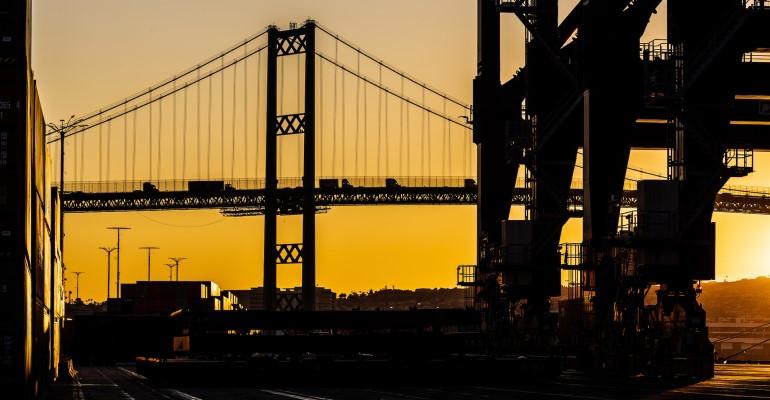Consolidating the results of the sector, Blue Alpha Capital’s John McCown saw a 33.9% drop in profits compared to the year-ago quarter, 41.1% lower than Q3 2022. McCown forecast further declines in profit in the coming quarters, but expects lines to remain profitable in 2023.
“The latest quarter showed meaningful pricing declines in comparisons to year over year periods and sequential periods. Aggregate overall pricing in the sector had its first material decline in the 4Q22 comparisons, but not nearly at the same rate as the spot rate indices,” said McCown.
Putting the results in context, container lines have moved from a profitability to revenue of -1.3% in 2016-2019 and 8.6%, 36.8% and 42.1% for 2020, 2021 and 2022, respectively.
Container Trades Statistics (CTS) data showed a 8.7% drop in container volumes in Q4 2022 compared to Q4 2021. The 41.9m teu volume was 3.4% lower than the preceding quarter.
As volumes fall, so has the global supply chain congestion which underpinned much of the rate growth seen by container lines in 2020-2022. McCown expects that lines will make use of blanking and cancelling sailings to minimise the impact of falling rates by slashing capacity.
The report said net income for the major container lines in 2023 will be $43.2bn, comprising $14.9bn in the first quarter, $10.8bn in the second, and $8.7bn in the third and fourth quarters. McCown warned that predicting the market had become more difficult.
McCown’s initial 2022 profit forecast was $220.5bn with the actual result coming in at $215.3bn.
For the longer term, McCown said that the impact of the widespread vessel ordering by the main container lines will be lesser than the fleet growth metrics measured in teu capacity suggest.
“Most of the ships being built are large and on average believed to be at least twice the size of the average container ship in the world fleet. Rather than a 30% increase in TEU's, it’s no more than a 15% increase in the number of vessels which is more the driver on costs than the number of TEU's. That makes for a much more manageable capacity situation related to new construction,” said McCown.
Copyright © 2024. All rights reserved. Seatrade, a trading name of Informa Markets (UK) Limited.
Add Seatrade Maritime News to your Google News feed.  |

